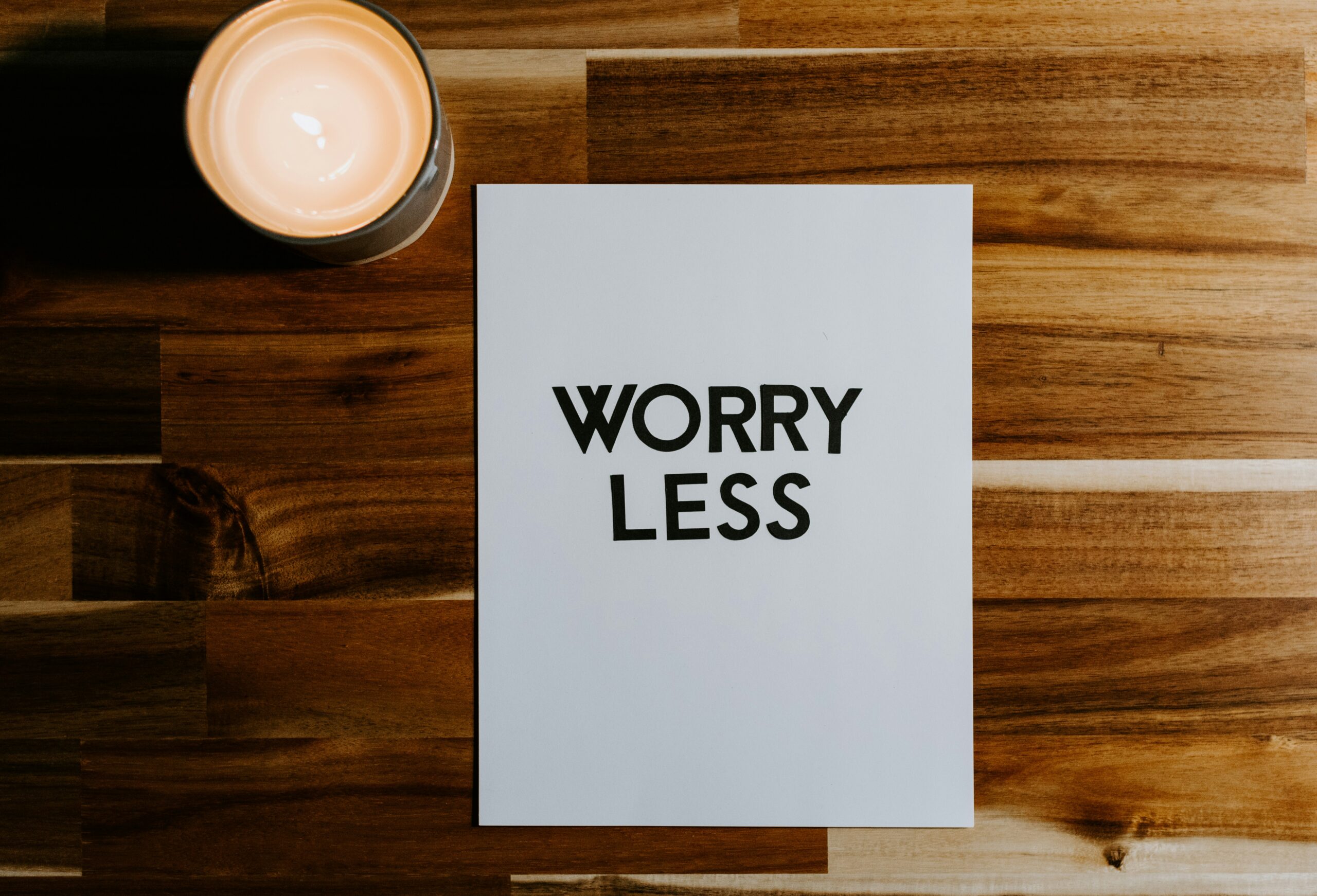Anxiety has become one of the most talked-about conditions of our time. It trends on TikTok, fills therapy sessions, and dominates cultural conversations. For many, it feels like the defining mood of the 2020s. This heightened visibility has sparked a cultural shift: anxiety is no longer dismissed as simple nervous energy but is increasingly being recognized—at least in some cases—as a disability. That shift has gained momentum because the line between being “just stressed” and being “functionally limited” is growing harder to ignore.
Yet with this recognition comes a more complicated question: should anxiety always be considered a disability? On one hand, the label can be life-changing for those whose symptoms profoundly disrupt their ability to work, study, or socialize. On the other hand, broadening the term too far risks erasing the difference between everyday worry and a condition that is genuinely debilitating.
Why is anxiety a disability today?
The case for viewing anxiety as a disability rests squarely on its impact. Legally, under frameworks like the Americans with Disabilities Act (ADA), a disability is defined as any condition that significantly limits major life activities. By that standard, someone who experiences panic attacks so severe they cannot commute to work, or whose social anxiety isolates them from daily interactions, clearly qualifies. In such cases, labeling anxiety as a disability isn’t just accurate; it’s essential.
The designation ensures individuals are not penalized for circumstances beyond their control and grants access to accommodations that make life more manageable. More importantly, it affirms that mental health is as real and consequential as physical health, challenging outdated hierarchies that have long privileged one over the other. In this light, recognizing anxiety as a disability is not only justified but socially necessary.
When to appropriately apply this

Context matters. Not all anxiety should be classified as a disability. Feeling nervous before a job interview or losing sleep ahead of an exam is uncomfortable, but it doesn’t rise to the level of being disabling. The label makes sense only when anxiety consistently disrupts basic life functions—whether that’s maintaining employment, attending school, or sustaining meaningful relationships.
The problem arises when the term is applied too broadly. In some circles, “anxiety” has become a blanket explanation for all forms of stress. Used loosely, the label risks losing its weight. Worse, it can undermine those who genuinely depend on the classification to access accommodations and support. The phenomenon is similar to what happened with “burnout.” Once a term for a severe clinical state, it has since been watered down into shorthand for simply feeling tired.
The risk of misuse

In today’s culture, where personal experiences are shared publicly and validated almost instantly online, awareness spreads fast. But with that visibility comes a risk: misrepresentation. Anxiety as a disability is sometimes used as a catch-all explanation in work or school settings. While this doesn’t erase genuine struggles, it does raise concerns about misuse.
The problem is scale. If every level of discomfort is framed as disabling, the label begins to lose credibility. More importantly, it can dilute support for people whose conditions truly require structural change and protection. This isn’t about gatekeeping mental health. Instead, it’s about maintaining clarity. Social recognition is powerful, but when it’s stretched too far, it risks backlash. And that backlash often comes from those already skeptical about mental health.
Culturally, the debate sits at the crossroads of progress and caution. For younger generations, calling anxiety a disability feels radical and affirming. It’s a way of saying mental struggles deserve the same care and validation as physical ones. For critics, though, it feels like a slippery slope—an over-medicalization of normal emotions.
The truth is likely somewhere in the middle. It is socially correct to label anxiety a disability when it fits the definition: a condition that substantially limits daily life. Yet it becomes misleading when used as shorthand for ordinary stressors. Feeling nervous before a test or a presentation is uncomfortable, but it isn’t disabling. Knowing the difference matters.
Conclusion
Anxiety is real, and for many, it is truly disabling. Recognizing it as such is a step toward fairness and compassion. Yet honesty is just as important in how we talk about it. The label should be applied with care—not as a cultural trend, but as a reflection of genuine need. This conversation isn’t about minimizing anxiety. It’s about drawing clear lines: protecting those who require accommodations, while still validating everyday stress as part of the human condition.
Featured image: Somia DCosta/Unsplash
Medical Disclaimer
All content found on the StyleRave.com website, including text, images, audio, video, and other formats, is created for informational purposes only. The content is not intended to be a substitute for professional medical advice, diagnosis, or treatment. If you think you may have a medical emergency, please call your doctor, go to the nearest hospital, or call 911 immediately, depending on your condition.
For the latest in fashion, lifestyle, and culture, follow us on Instagram @StyleRave
—Read also
